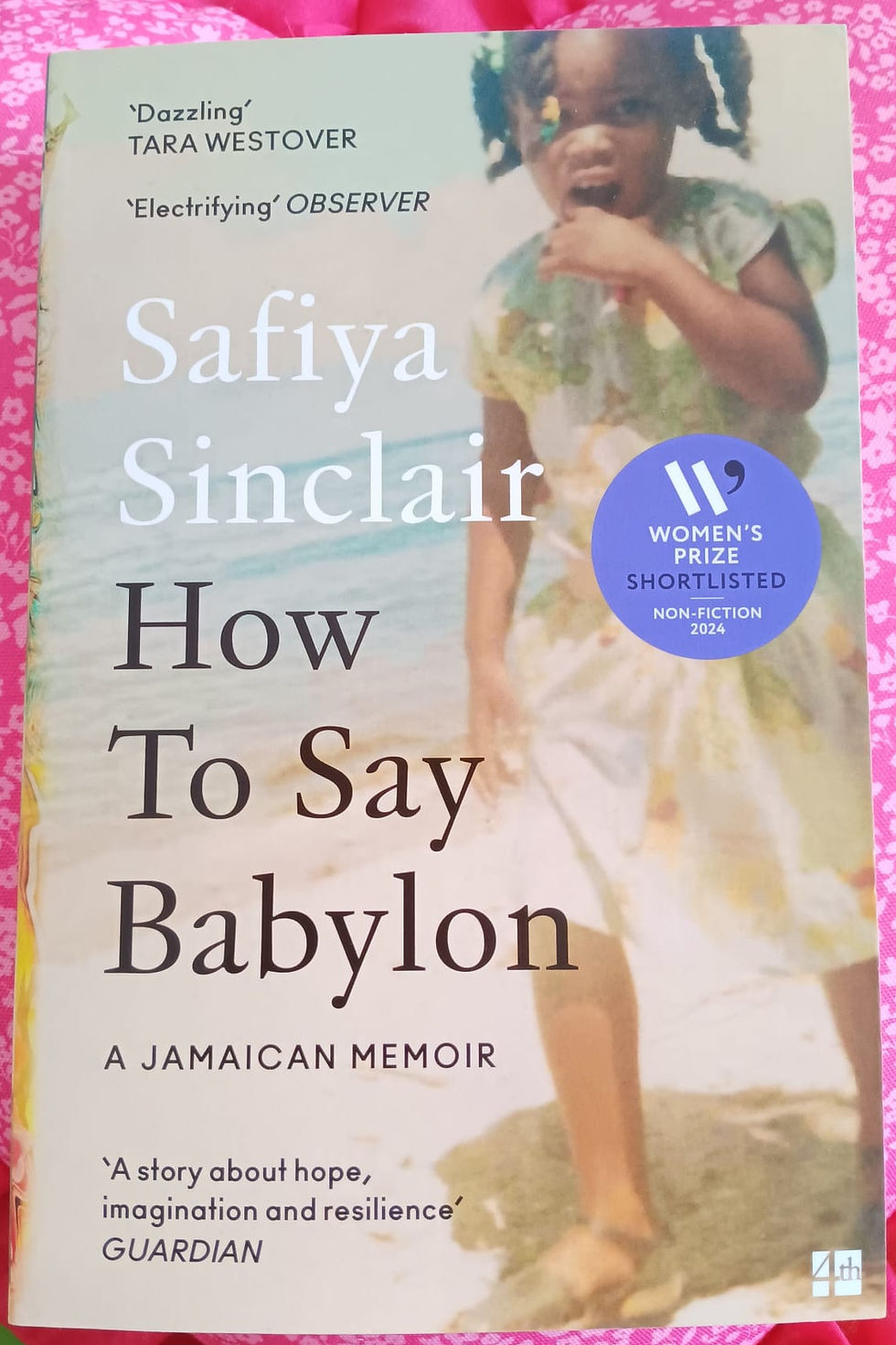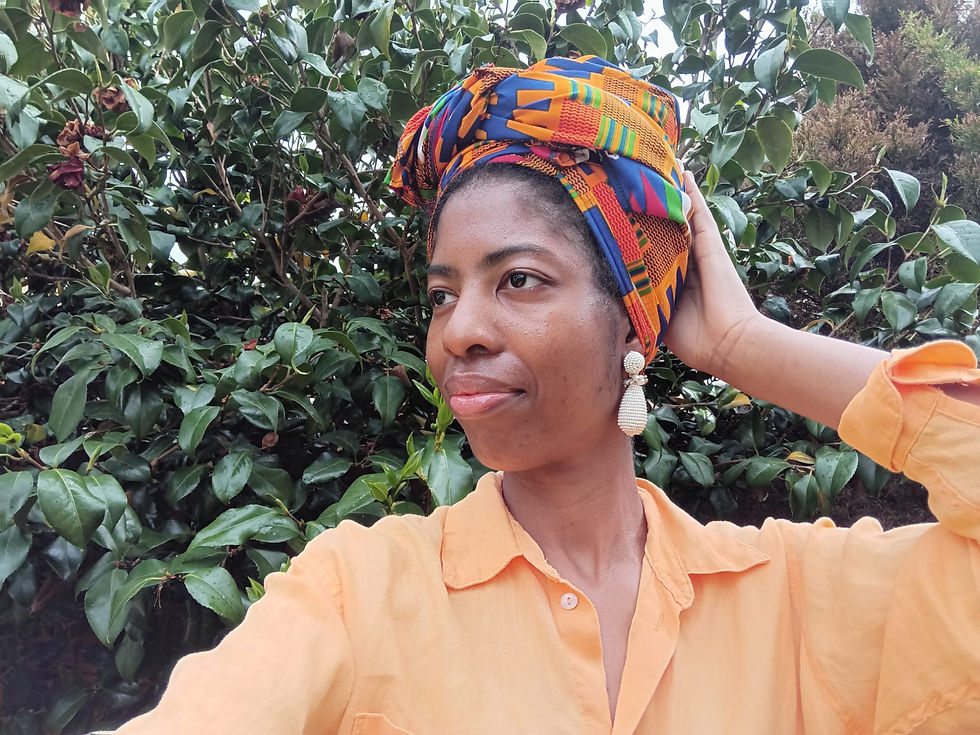BOOK REVIEW: Presence by Amy Cuddy
- booksandjoyfulness
- Apr 25, 2024
- 4 min read
Updated: May 23, 2024
Presence by Amy Cuddy:
“I am endlessly puzzled by the myth that the body, brain, and mind are separate and autonomous entities”[1] – Amy Cuddy
Have you ever left a job interview or social situation e.g., a first date, not satisfied or quite frankly horrified with your performance. Perhaps you spoke shakily, stumbled over your words or had frenetic eye contact. After the ill-fated interaction, you cringe and feel humiliated thinking about your tumbled words, nonsensical speech and muddled ideas which you will spend an indefinite amount of time ruminating over in your mind. How did I perform so badly? I’ve prepared so much for this moment! It all sounded so great when I practised!
The Social Psychologist, writer and speaker Amy Cuddy experienced a similar fate when suddenly asked to do an academic ‘elevator pitch’ in an actual elevator by an esteemed academic. Amy describes how she could “barely follow [her] own story,”[2] could think only of her “crushing anxiety”[3] and “acquiesced to the panic.”[4] The academic who had put her on the proverbial spot told her “[t]hat was the worst elevator pitch I have ever heard.”[5] I found about Amy Cuddy's book, through watching her on the Diary of A CEO Podcast.
In her book Presence, Amy Cuddy is on a mission to help us to be able to approach more social situations with comfort, ease and authenticity and walk away without feeling disappointment or shame about our performance. Amy Cuddy wants us to feel truly present. So how do we do that?
Amy Cuddy’s book is well researched and is split into 11 chapters which effectively dissect the concept of presence, powerlessness and power. She shows us how to build presence. Cuddy also provides easily digestible points for the reader at the beginning of her book in the form of the 10 Principles of Presence. Amongst many points made, Cuddy writes about believing and owning your own story; really listening to others; convincing yourself that you deserve to be in certain rooms and that you are powerful, and most notably using body language to feel more confident (Power Poses.)
Amy Cuddy writes at great length about how we can use our whole bodies to feel more powerful through Power Poses. Cuddy gives examples of power poses and powerless poses.[6] Unsurprisingly, the powerful poses are expansive and the powerless poses are more shrinking and involve the subject trying to take up less space. It is found that “expansive, open postures”[7] affect us psychologically, behaviourally and physiologically[8] and Amy Cuddy explains that we can experience more presence and powerfulness if we carry ourselves in a “powerful way[.]”[9]
Through extensive studies outlined and explained, Amy Cuddy shows us that is it the body that moves the mind. We can use the body to influence our emotions through facial expressions and breathing.[10] We can also use our speech to feel more powerful by speaking slowly. Cuddy writes “[w]hen we feel more powerful, we speak slowly and take more time. We don’t rush…[w]e feel entitled to the time we’re using.”[11] We call this the ‘Power of the Pause’ at Toastmasters.
We also learn that “expanding your body toughens you to physical pain.”[12] Cuddy explains that power can help with the quality of our thinking, [13] stating that “powerful people also find it easier to think abstractly.”[14] It is evident that feeling powerful or empowered can help with the ability to synthesize. Through a hypothesis brought to life by Cuddy and her Collaborators, Cuddy also shows that preparing for job interviews beforehand with power poses helps with “non-verbal presence”[15] and provides practical tips about keeping up our posture during the day.[16] Cuddy shows us how we can use power poses to “[f]ake it til [we] become it”[17] in chapter 11 and uses the positive effects of someone power posing before an audition as an example.
Cuddy shows us that we can take small and big steps to use our bodies to lead our minds and we can “dance [our] way to presence.”[18] Through research presented, Cuddy shows us that it is our bodies that lead us to confidence, to presence, to the eudaimonia of self-actualisation. In providing the reader with such in-depth and expansive (ha) research done by herself and others, Amy Cuddy’s mission to help us to understand how to build more presence and positive external and internal experiences has certainly been completed.
[1] Presence by Amy Cuddy, Chapter 7 page 173
[2] Presence by Amy Cuddy, Chapter 1 page 14.
[3] Ibid., Chapter 1 page 14.
[4] Ibid., Chapter 1 page 15.
[5] Ibid., Chapter 1 page 15.
[6]Ibid., Chapter 8, pages 200 & 201.
[7] Ibid., Chapter 8, page 206.
[8] Idea taken from Ibid., Chapter 8, page 206.
[9] Idea and quote taken from Ibid., Chapter 8, page 207.
[10] Idea taken from Ibid., Chapter 7.
[11] Ibid., Chapter 6 page 156.
[12] Ibid., Chapter 8, page 224.
[13] Ibid., Chapter 8 page 219.
[14] Ibid., Chapter 8 page 219.
[15] Idea and quote taken from Ibid., Chapter8, page 226.
[16] Idea taken from Ibid., Chapter 9, pages 246-248.
[17] Idea and quote taken from Ibid., Chapter 11.
[18] Ibid., Chapter 11 page 272.




Comments